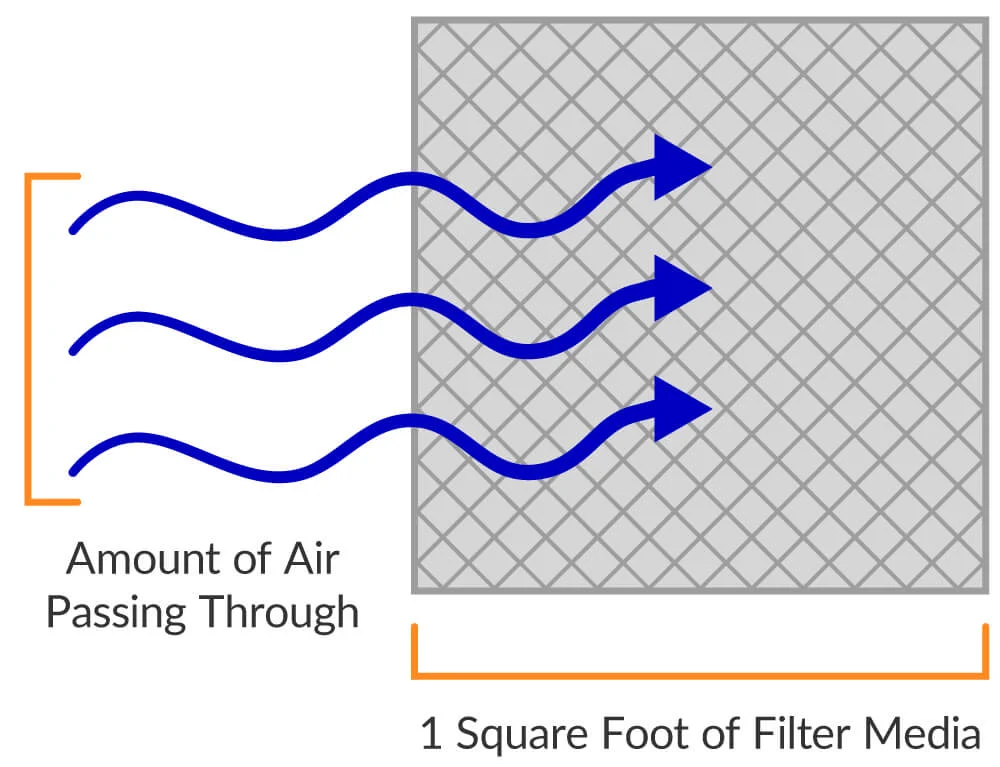In the realm of industrial dust collection, several parameters are crucial for selecting an appropriate system, such as space, application, and the volume of particulates. The objective is to achieve an efficient system that ensures the safety of employees and smooth operation of the business. Among these considerations, the air to cloth ratio is a pivotal factor.
What is Air to Cloth Ratio?
The air-to-cloth ratio for dust collector, also known as air-to-media ratio or filter velocity, measures the volume of air passing through one square foot of filter media in cubic feet per minute (CFM) per square foot of filter area. This ratio is critical for determining the required size of the dust collector and its filters to maintain clean air in the workspace.
The density of particulates per cubic foot of air dictates the necessary air to cloth ratio. Applications that capture particulates at the source typically demand a lower air to cloth ratio due to the higher concentration of particulates.
Filter Types and Their Impact
Choosing the correct filter is essential, with bag and cartridge filters being the standard options. Bag filters, suitable for heavier dust applications like wood and grain, consist of cylindrical fabric tubes. Cartridge filters, ideal for fine dust and lighter applications such as welding fumes, feature pleated designs that offer a greater filtering surface area per CFM, thus lowering the air to cloth ratio and reducing the dust collector’s size.
How to Calculate Air to Cloth Ratio
To determine the air to cloth ratio for an Atmax Filtration dust collector, divide the airflow (CFM) by the filter area. For instance, a dust collector with 4,000 CFM moving through 2,000 square feet of filter area has a 2:1 ratio. Conversely, a system with a 1:1 ratio moves 2,000 CFM through 2,000 square feet of filter media.
Importance of Air to Cloth Ratio
The air-to-cloth ratio significantly influences filter longevity and the efficiency of dust collection. Although various factors affect filter life, this ratio provides guidance on the dust collector size needed for a specific air volume.
Dust collection experts can assist in determining the ideal air to cloth ratio for your industrial dust collector, ensuring cost-effectiveness and preparedness. An excessively high ratio may lead to rapid filter clogging due to insufficient media for the particulate volume and airflow, shortening filter lifespan. Conversely, a lower ratio extends filter life, suitable for applications like laser cutting and metalworking, while a higher ratio is reserved for lighter dust loads.
Atmax Filtration excels in air filtration solutions. For detailed guidance on achieving the optimal air to cloth ratio for bag and cartridge filters in your application, requesting a quote will connect you with our knowledgeable team, ready to tailor solutions to your specific needs.

